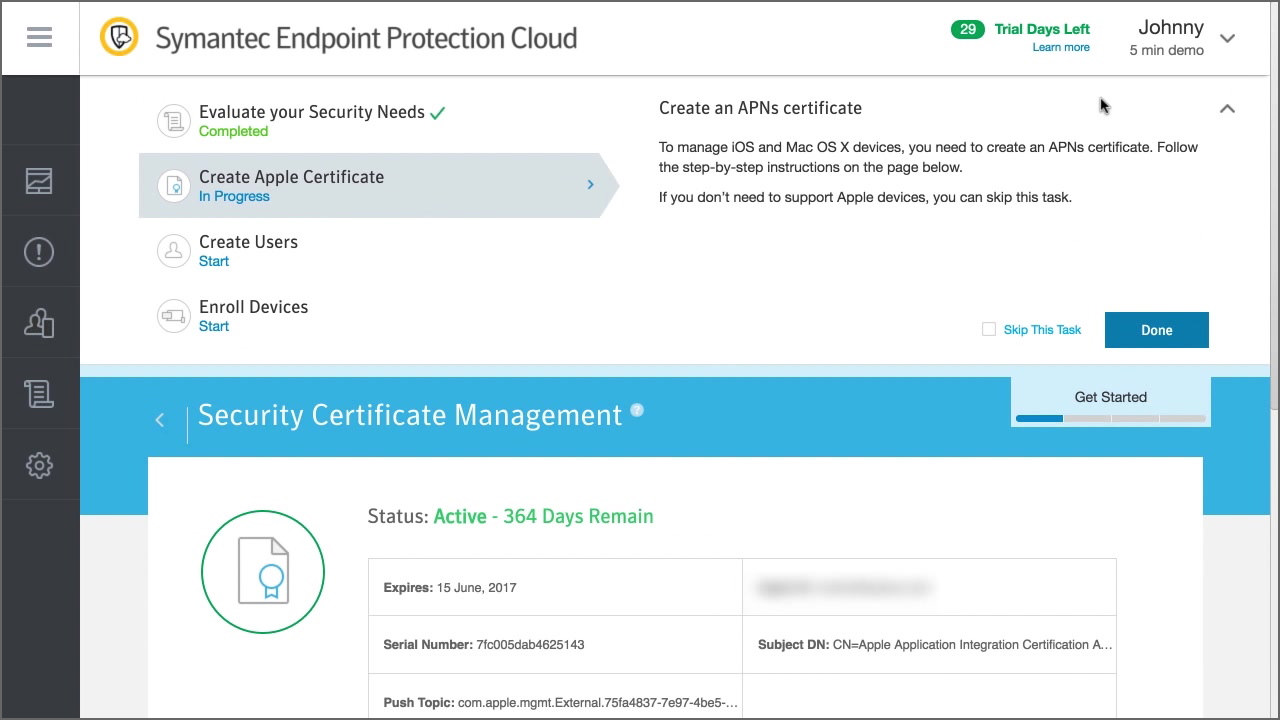

This works by having a compiled loadable kernel module installed (via the chkconfig command after installation). Let’s talk a moment about how Symantec implements Auto-Protect on Linux systems. Read on for information on my process for installing Symantec AV including Auto-Protect on my hardened CentOS base image without any of the graphics packages installed (translation: no X11). Click here to find list of Supported Kernels.Symantec AntiVirus on Linux is a fragile and unforgiving beast – especially the problematic LiveUpdate client which is not correctly documented for install / config.

The Antivirus for Linux configurations can be easily managed from both Command Line and KDE/Gnome Environment.Īntivirus for Linux supports almost all Kernels of RED HAT, FEDORA, SuSE.OES2, UBUNTU, and DEBIAN. If you feel the antivirus might impact performance on your critical applications running on the machines, or if you want to exclude folders from scanning, you can configure NoScanDir and those folders will be excluded from scanning. You can make configuration changes centrally using the ConfigEd tool and distribute the GRC.DAT on the clients where you want to make the P\policy changes. DigiCert Antivirus for Linux can be configured to download the Virus Signatures from a centralized internal liveupdate server so that all machines do not have to connect to the internet for updates or when the machines are in Secure Network. You can configure Centralized Logging and Reporting with Antivirus for Linux using Endpoint Protection Manager or to a Specific SYSLOG server. It scans all files on your machine based on the virus signatures loaded in the Antivirus. Antivirus for Linux Provides Complete Malware Protection Against Linux MalwaresĪntivirus gives Real Time protection using Real Time scan whenever a file is accessed, modified, moved, renamed, copied, deleted, etc.Īntivirus for Linux also provides freedom to schedule periodic scans using Schedule Scans or On-Demand Scan.


 0 kommentar(er)
0 kommentar(er)
